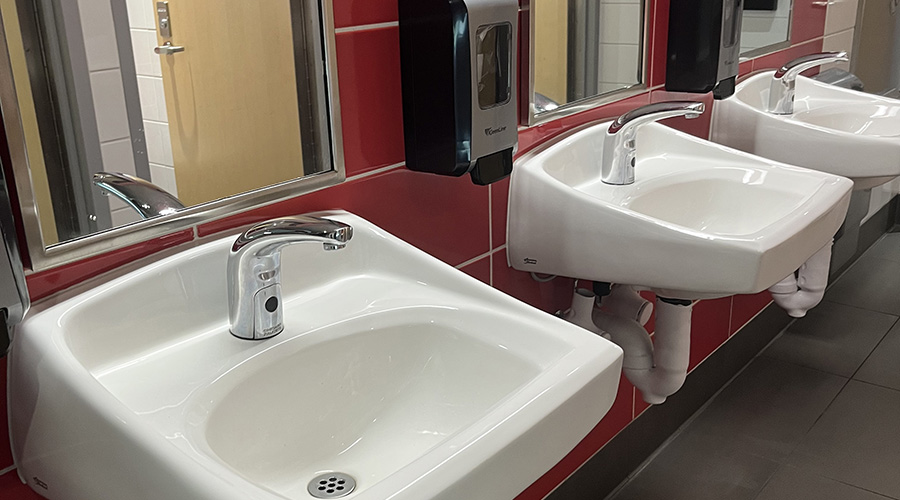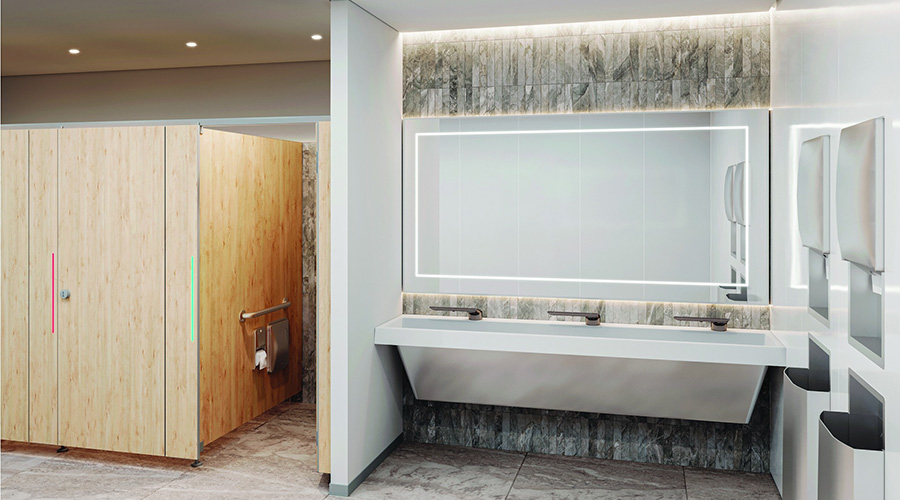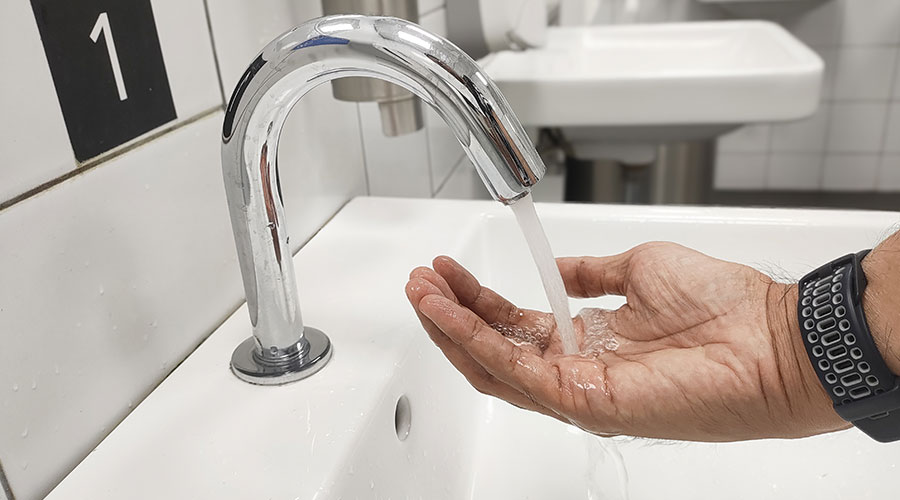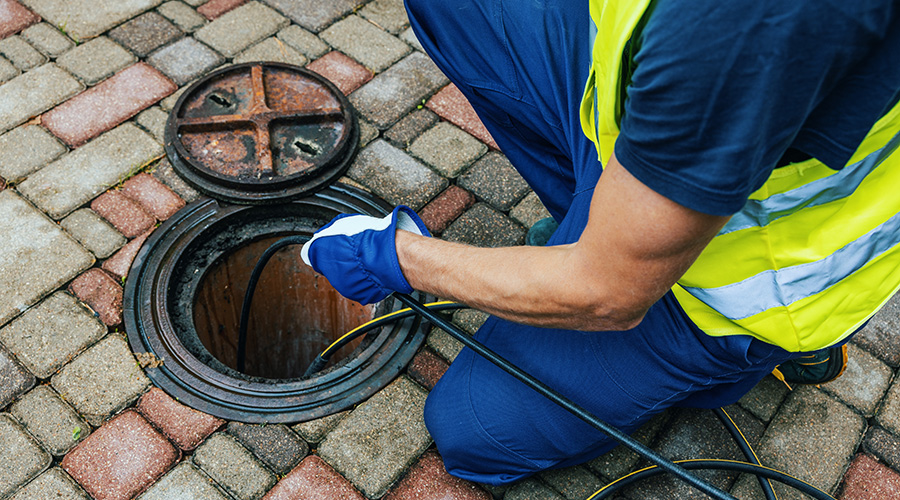Understanding Key Plumbing Maintenance Considerations
Many institutional and commercial facilities are installing a new generation of water-efficient plumbing fixtures — including flush valves, urinals, and faucets — at an ever-increasing rate. Their goals most often are to curtail water use by plumbing systems, reduce utility costs and improve the organization's overall sustainability.
But to ensure that these products deliver the desired benefits to the organization and the environment, maintenance and engineering managers who are making product selections need to carefully consider the maintenance impact these products are likely to have.
By understanding the key maintenance considerations for each of these products, managers will be better able to incorporate these considerations into technicians' regular inspection and repair routines, and technicians will be more efficient in troubleshooting potential problems and stopping small issues before they can become major — and costly — headaches.
Common Problems
As maintenance and water costs rise, managers are increasingly installing pressure gages and flow meters at strategic locations in their buildings' plumbing systems to monitor the flow of water. Once managers are certain all of these readings are at normal levels, the next step is to look at individual fixtures and assess their condition.
A manual toilet flush valve contains about 25 parts. The maintenance problems that technicians encounter in working with the valves can include:
- The valve does not operate.
- It delivers too little or too much water.
- The flush time is too long or too short.
- The handle or inlet connection leaks.
- The valve makes chattering noises.
- The battery is low, or the valve inadvertently cycles on and off.
Technicians can solve some problems quickly, by for example, disassembling and cleaning the flush handle. Other solutions might involve the using repair kits to replace the control portions of the valve or simply replacing O rings that have hardened and no longer provide a good seal.
Chattering noises could indicate wear or abuse or a diaphragm in the wrong position. The low flow of water could result from a low-flow urinal kit installed in a higher-flow toilet valve.
When installing repair kits, it is essential that technicians match the kit with the valve to ensure its proper operation. The manufacturer's part list shows the correct part numbers managers need to specify when ordering repair parts. Newer toilet flush valves are rated at or below 1.6 gallons per flush (gpf), while the older ones still in service might be rated at 4.5 gpf or higher.
Urinal flush valves manufactured after 1992 must meet the maximum flow limit of 1 gallon per flush (gpf). But many valves that deliver higher rates are still in use. Rates as high as 3 gpf and as low as 0.5 gpf are available.
Typical designs for manual urinal flush valves are similar to those of toilet flush valves, with about the same number of parts, functionality, and maintenance requirements. The difference is in the lower flow rate. Since urinals flush only liquids, they need less water.
Related Topics:














